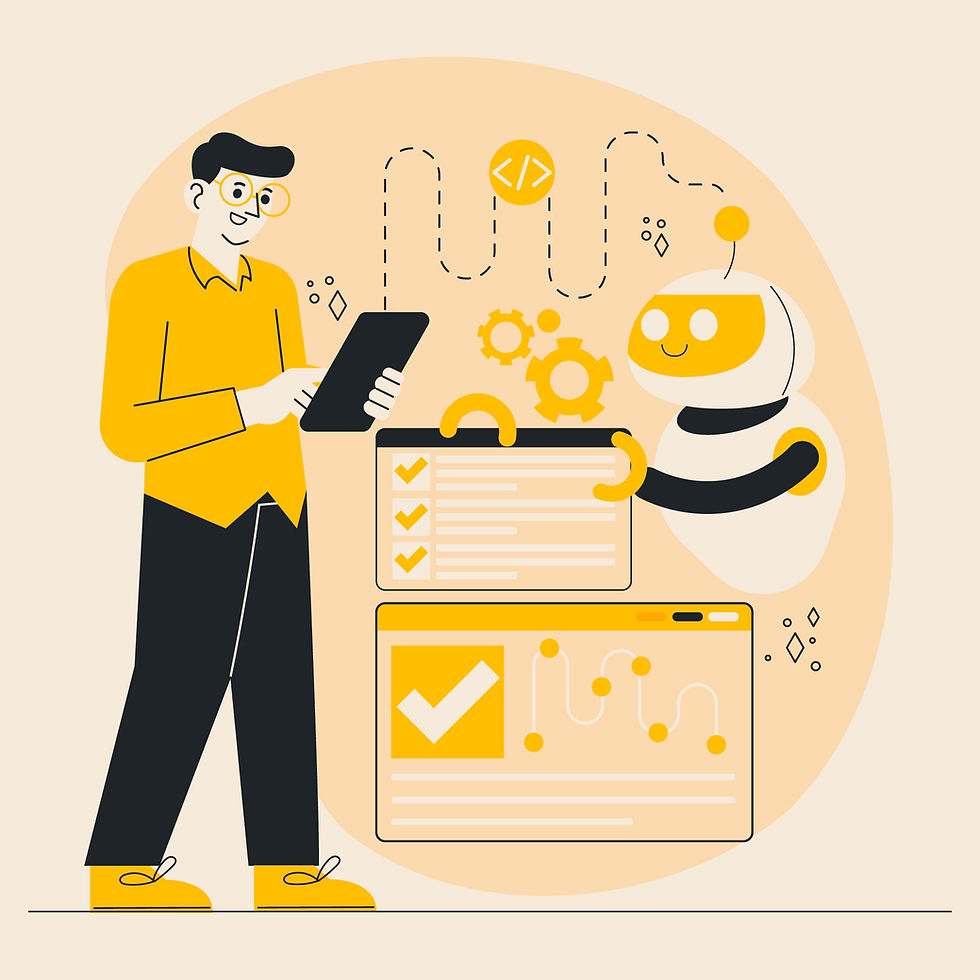AI, Data Science, and the Human Touch: Finding the Right Balance
- Brinda executivepanda
- Oct 1
- 2 min read
Why Balance Matters
AI and data science bring speed, efficiency, and accuracy. But numbers alone can’t understand context, emotion, or ethics. Human judgment fills those gaps. When technology and people work together, businesses make smarter and more responsible decisions.

What AI and Data Science Do Best
AI and data science excel at processing large volumes of information quickly. They can detect patterns, forecast trends, and automate repetitive tasks. This frees teams to focus on strategy, creativity, and problem-solving. The goal is not to replace people—but to support their decisions with better insights.
The Value of Human Judgment
Data can tell you what is happening, but people understand why it matters. Humans bring intuition, empathy, and experience—qualities that are essential for leadership, customer relations, and decision-making in uncertain situations. The best outcomes come when data supports human thinking, not replaces it.
Avoiding Blind Trust in Technology
Relying only on algorithms can lead to errors or bias. Without human oversight, flawed data can drive flawed decisions. Teams must review outputs, question assumptions, and check for fairness. Responsible use of AI requires both technical strength and ethical awareness.
Collaboration is the Key
The future is not AI versus humans—it’s AI with humans. Data teams, business leaders, and end users need to work together. When insights are shared and interpreted in context, technology becomes a tool for empowerment rather than a replacement.
Building the Right Culture
A balanced approach comes from culture, not just tools. Encourage teams to ask questions, test insights, and combine data with experience. Leadership should promote a mindset where analytics
support decision-making instead of dictating it.
Conclusion
AI and data science are powerful, but their real impact depends on people. When technology provides insight and humans provide direction, organizations make better choices, innovate faster, and build trust. The right balance creates not just smarter systems, but smarter outcomes.








Comments